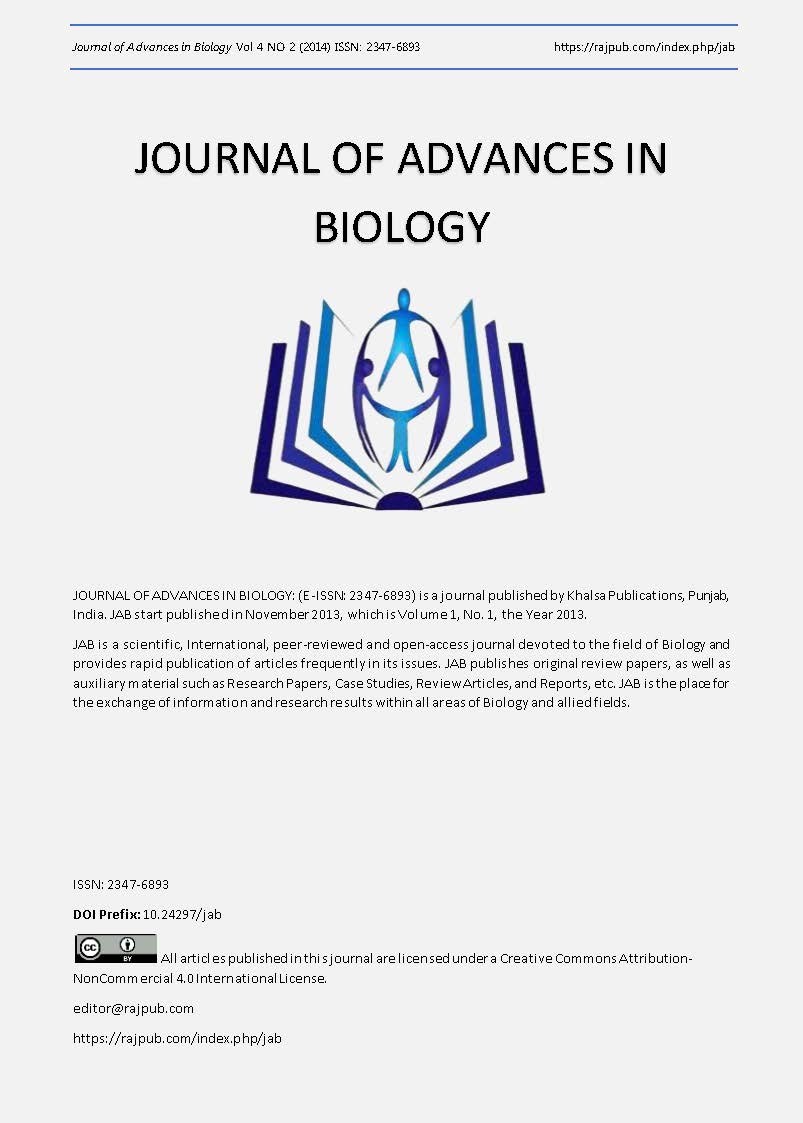Effect of cis-tetrahydro-B-carboline-1(m-nitrophenyl)-3-carbomethoxy on Leishmania amazonensis
DOI:
https://doi.org/10.24297/jab.v4i2.5574Keywords:
antileishmania activity, beta-carbolines, leishmaniasis, ultrastructural alterations.Abstract
Leishmaniasis is a parasitic disease caused by protozoa of the genus Leishmania, representing a serious public health problem. The worldwide prevalence is estimated to be 12 million cases, with an incidence of 2 million new cases each year. The available treatments for leishmaniasis exhibit high toxicity and several side effects. Therefore, the development of new antileishmanial drugs has become very important. ï¢-carboline alkaloids are notable because of their wide range of pharmacological properties, including trypanosomatid activity. In the present study, we evaluated the antileishmanial activity of the derivative cis-tetrahydro-ï¢-carboline-1(m-nitrophenyl)-3-carbomethoxy (Cis-βCC) against Leishmania amazonensis. The alkaloid Cis-βCC inhibited growth of the promastigote and amastigote forms of L. amazonensis, with IC50 values of 8.7 and 30 ïg/mL, respectively. The CC50 in a macrophage cell line was 82 ïg/mL, demonstrating selectivity for the parasite. Moreover, Cis-βCC reduced the survival index of intracellular amastigotes. Ultrastructural and morphological analysis demonstrated alterations in the number of nuclei and flagella, rounding of the cell body, and alterations in mitochondrial cristae in promastigotes treated with Cis-βCC. These results suggest that Cis-ï¢CC may be useful for the treatment of leishmaniasis, and its activity may be related to alterations in cell division and mitochondrial dysfunction.
Downloads
Downloads
Published
How to Cite
Issue
Section
License
 All articles published in Journal of Advances in Linguistics are licensed under a Creative Commons Attribution 4.0 International License.
All articles published in Journal of Advances in Linguistics are licensed under a Creative Commons Attribution 4.0 International License.




